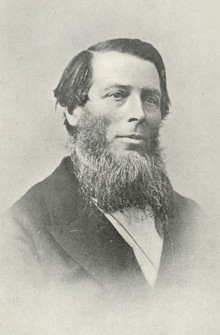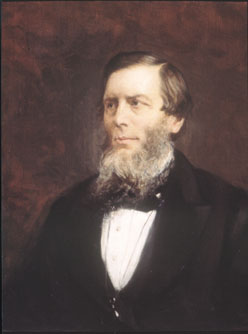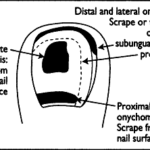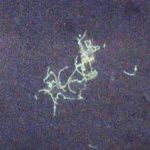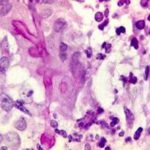Date: 6 November 2014
Copyright: n/a
Notes:
Bennett’s portrait at the Royal College of Physicians of Edinburgh
In his 1842 paper Bennett gave the earliest description of pulmonary aspergillosis. Bennett was one of the first to recognise the importance of the microscope in the clinical investigation of disease and his use of the instrument was central to identifying the presence of a fungus in the sputum and, post mortem, lungs of the patient with aspergillosis.
A biography on Wikipedia
An obituary from the British Medical Journal of 1875
Images library
-
Title
Legend
-
Mucous plug examined by light microscopy with KOH, showing a network of hyaline branching hyphae typical of Aspergillus, from a patient with ABPA.
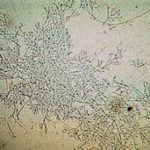
-
Corneal scraping stained with lactophenol cotton blue showing beaded septate hyphae not typical of either Fusarium spp or Aspergillus spp, being more consistent with a dematiceous (ie brown coloured) fungus
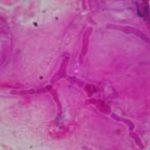
-
Corneal scrape with lactophenol cotton blue shows separate hyphae with Fusarium spp or Aspergillus spp.
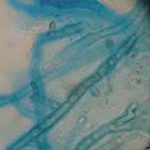
-
A filamentous fungus in the CSF of a patient with meningitis that grew Candida albicans in culture subsequently.
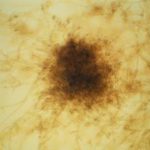
-
Transmission electron micrograph of a C. neoformans cell seen in CSF in an AIDS patients with remarkably little capsule present. These cells may be mistaken for lymphocytes.
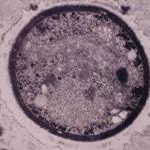
-
India ink preparation of CSF showing multiple yeasts with large capsules, and narrow buds to smaller daughter cells, typical of C. neoformans
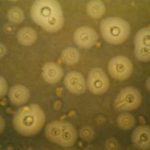
-
PAS stain. An example of Aspergillus fumigatus.
(PAS-stained) in a patient with chronic granulomatous disease showing a 45 degree branching hypha within a giant cell. Rather bulbous hyphal ends are also seem, which is sometimes found inAspergillus spp. infections, histologically. (x800)

